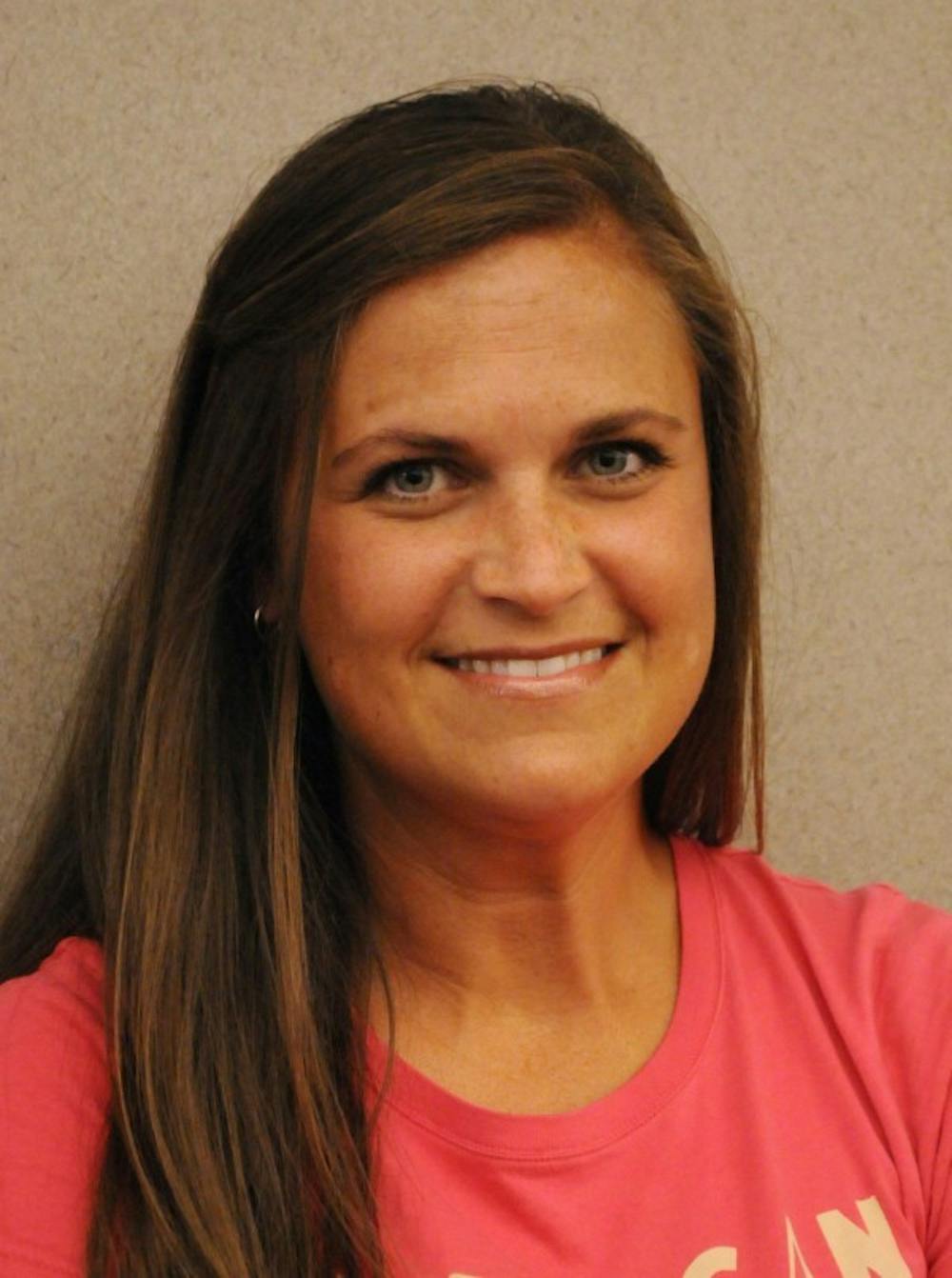It's true that not everybody is interested in exercise, and sometimes people who are interested just don't enjoy it.
We know we should add more physical activity to our daily routine, but most struggle to find a way to do it. It's important to keep in mind that physical wellness does not depend on a 30-minute run or an intense weight-lifting workout. It would actually be dangerous for somebody who doesn't exercise to literally hit the ground running.
I encourage you to think beyond the exercise and focus on the many positive effects a little movement can have, such as building energy and stamina, which are key resources for living. Spending 20 minutes walking casually through campus can relieve stress and anxiety, provide cardiovascular and weight benefits and allow you time alone to think or time to talk with another student or roommate.
At the Indiana Employee Health and Wellness Summit in Indianapolis on Sept. 1, Indiana University professor of informatics Martin Siegel explained that he dislikes movement and sits all the time, while Carol Kennedy-Armbruster, senior lecturer in kinesiology, said she loves movement and doesn't like to sit. These complete opposites in physical activity level began working together several years ago to get Siegel moving. The first assignment she gave him was to track his steps on a pedometer and buy a good pair of sneakers. She did not instruct him to go out and walk or jog or start strength training.
"I chose not to give Dr. Siegel a workout routine because he had already gone down that road," Kennedy-Armbruster said. "I knew he needed to fit movement into his daily routines. He now has walking meetings with his students on a regular basis. He has changed his lifestyle, which is much different than changing one's fitness routine."
Movement is vital to well being. An article published in the July issue of the American Journal of Epidemiology regarding an American Cancer Society study says the more time spent sitting, the greater the chance of dying from any cause. Any amount of movement out of your seat is better than none. Stand instead of sitting, and walk instead of standing whenever you can.
The Cardinal Greenway in Muncie offers numerous trailheads to access the paved recreation path, and the new Student Recreation and Wellness Center offers exercise equipment, swimming pools, a rock climbing wall and an outdoor pursuits program. In addition, Recreation Services offers intramural sports, sports clubs, fitness programs and instructional recreation. Ball State also has several open recreational fields on campus, such as LaFollette Field and West Campus Field across from Ball Memorial Hospital, where students can play casual games and sports.
Muncie parks, the White River Greenway and Prairie Creek Reservoir are other great places to get out and move off campus.
A visionary plan from the Muncie Action Plan called the "Vision and Action Plan" includes initiatives to create a city that promotes personal wellness and healthy lifestyle. Ranking in the top 10 of 47 actions are: "Develop and implement a sidewalk and recreational paths plan," "renovate and reopen Tuhey Pool" and "institute a bike-friendly community program." It includes plans to implement a five-year Parks and Recreation master plan that will involve hiring a recreational director who would coordinate programs and activities.
Whether you are new to intentional physical activity or an exercise enthusiast, remember this is just part of finding balancing and achieving wellness. Enthusiasts, keep it up. Moderate exercisers, consider joining an athletic team. You'll enjoy a social wellness boost, too.
Otherwise, walking is a good place to start integrating movement into your lifestyle. Wear a pedometer and track your steps. Walk or bike to class and take the steps instead of the elevator. Set achievable — with an emphasis on achievable — small goals to increase your movement over time.



